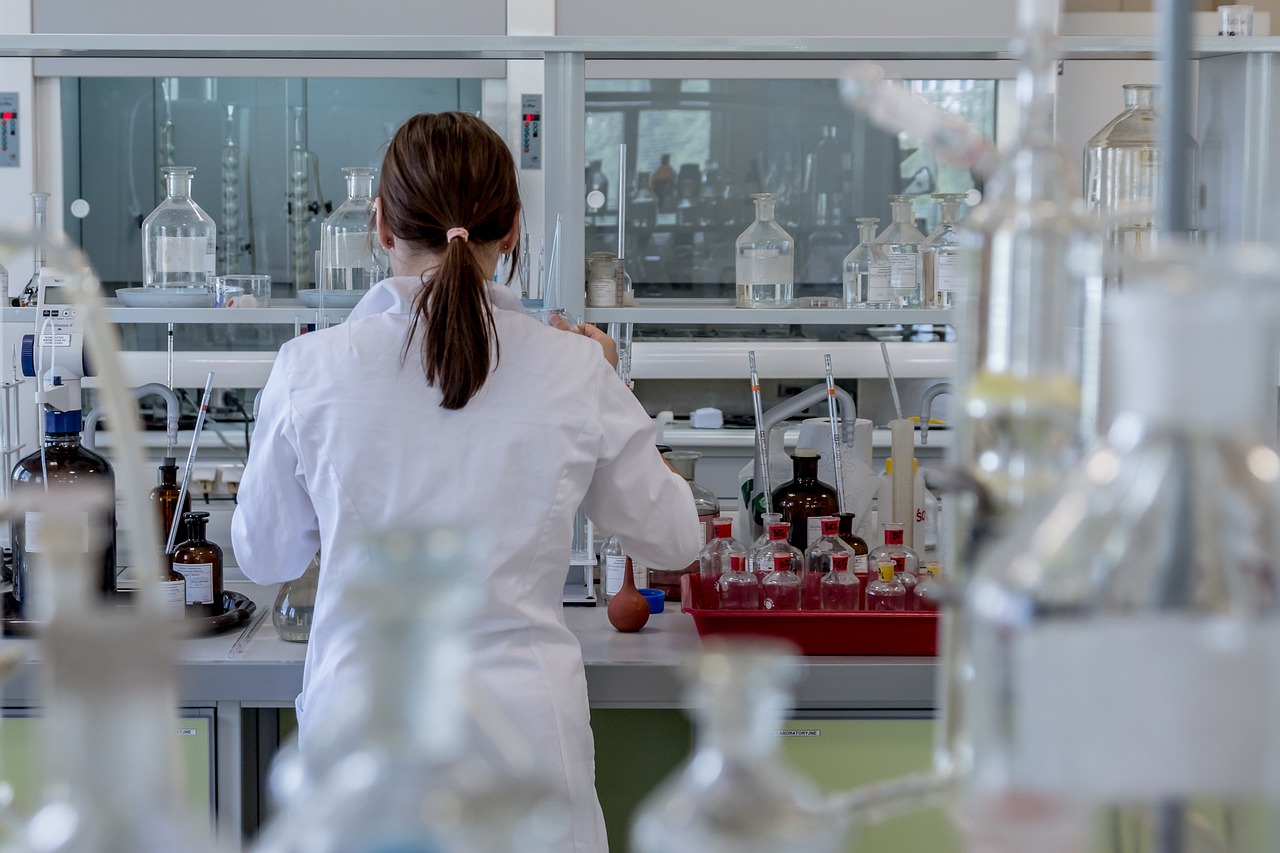
Their findings were published on the journal Science Signaling's front page.Continue reading
In a few weeks, the Zero Magnetic Field Laboratory, a joint project of the HUN-REN Institute of Earth Physics and Space Science in Sopron (northwestern Hungary) and the HUN-REN Wigner Research Center for Physics will enter the experimental phase. The laboratory, which is the only one of its kind in the world, can help in the development of space instruments, medical diagnostic innovations and even the training of astronauts, a HUN-REN statement said.
The Zero Magnetic Field Laboratory, built in close collaboration between two research centers of the Hungarian research network HUN-REN is designed to generate a near-zero magnetic field of less than 1 nanotesla. To do this, a field with the same strength as the existing magnetic field, but in the opposite direction, must be generated.
The Hungarian laboratory is unique in the world because it has developed a dual magnetic field damping system that uses an external geomagnetic reference time series.
One component of the dual system is the active compensation system, the other is the passive shielding chamber.
István Lemperger, leader of the Geomagnetism-Geoelectricity research group in Sopron, explained the geographical background of the development: “The Earth’s magnetic field is maintained by the dynamo effect caused by the flow of liquid metal in the outer core of our planet. This is coupled with a much smaller but dynamically changing component, the magnetic field of currents in the Earth’s ionized upper atmosphere. The sum of these two components is the geomagnetic field of the Earth’s surface. The active compensation system generates a compensating field of opposite direction but equal magnitude, which is updated every second. The precise monitoring of this rapid change is of crucial importance to us. Therefore, the establishment of such a laboratory is only possible in the vicinity of a geomagnetic observation center such as the Széchenyi István Geophysical Observatory,” says the expert.
Approaching the magnetic zero field is necessary not only for studies requiring a zero field, but also for the generation of controlled fields, which can only be generated by superimposing a high-precision zero field. Such controlled fields are needed, for example, for the calibration of magnetometers, which are devices for measuring the magnetic field that have been developed for satellite or surface applications.
The laboratory is currently being fine-tuned, including the magnetization process in the chamber. Experimental measurements are already underway in the lab and around the chamber to map the complex magnetic field structure and gain a precise understanding of the behavior of the dual system.
The researchers at HUN-REN Wigner Research Center for Physics are developing a highly sensitive SERF magnetometer to measure the magnetic field, which is about the size of a matchbox.
Before this technology, only a room-sized device could provide the same resolution on the surface.
Biophysical experiments are also not ruled out in the observatory: A doctoral thesis at the University of Sopron is investigating the growth rate, orientation and nutrient uptake of plant shoots in an environment without geomagnetic fields. At the Eszterházy Károly University, researchers are investigating how human cognitive abilities (e.g. memory, speed and efficiency of decision-making, ability to solve simple tasks) change in magnetic fields close to zero. In the experiment, the test subjects perform a guided task while the researchers use an EEG device to measure the distribution of electrical potentials generated by brain activity. The study is complemented by a special hardware and software system that records eye movements.
The combined processing of the data sets will provide new results that can be used to train astronauts.
The laboratory could also house the technological development required for cheaper production of very expensive components for medical diagnostic instruments such as the magnetoencephalography (MEG).
Via hun-ren.hu, Ungarn Heute; Featured image via Facebook/NASA – National Aeronautics and Space Administration